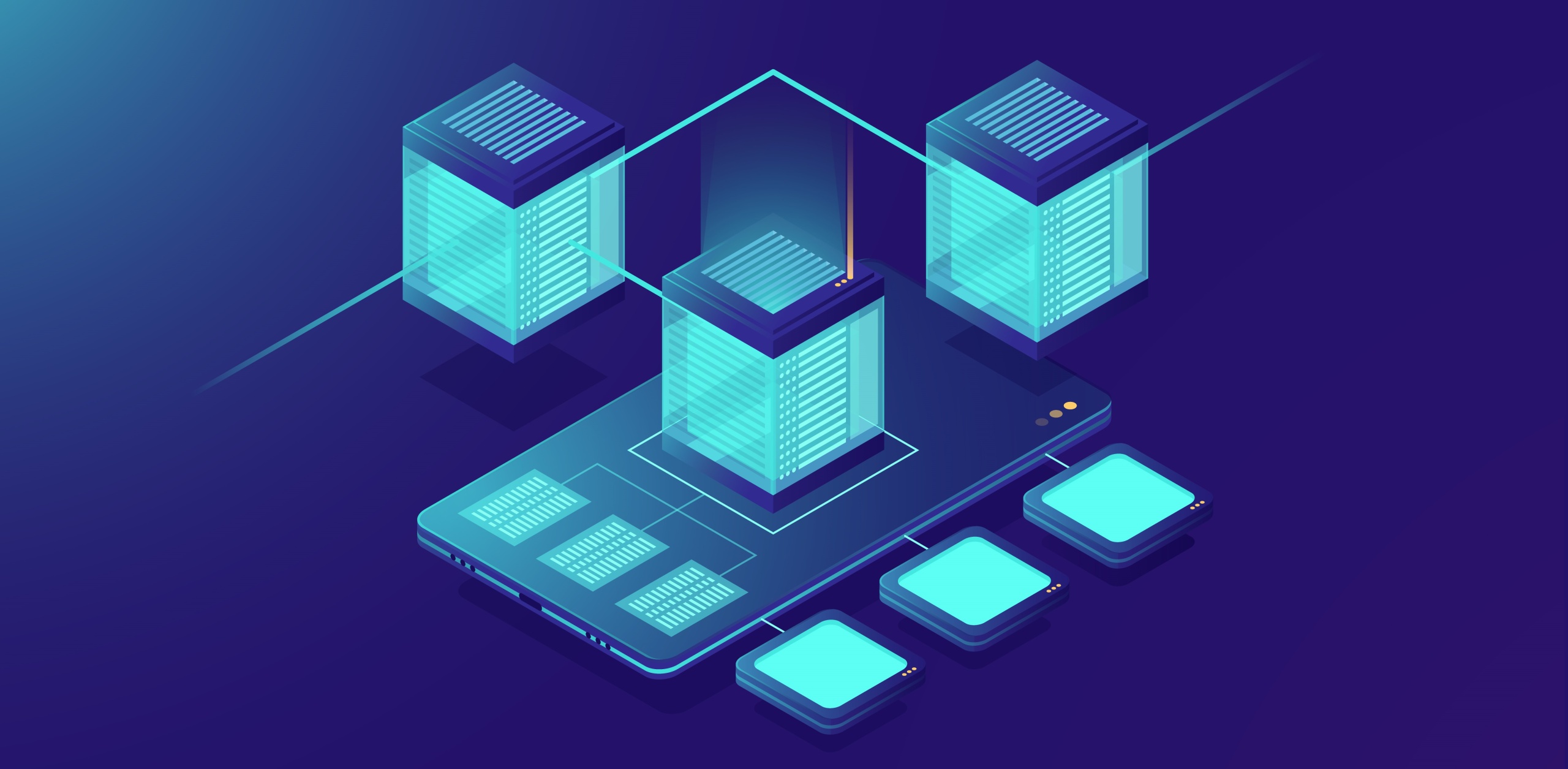Blockchain Technology has revolutionized the area of transactions and data storage through unrivalled security and transparency that it provides. Even with its numerous advantages, scalability remains a major stumbling block for blockchain networks. To deal with this challenge, two main scaling solutions have been developed lately: Layer 1 and Layer 2 scaling solutions.
Layer 1 as well as Layer 2 scaling solutions both have their specific benefits and applications; the development of these two is essential in addressing the scalability problems faced by blockchain networks.
This Blog is Going to Provide a Difference between Blockchain Layer 1 vs. Layer 2 Scaling Solutions
Introduction to Blockchain Scaling Solutions
Layer 1 Scaling:
Layer 1 scaling solutions pertain to changes made at the protocol level of the blockchain network. It implies that the very basic structure of the blockchain is altered to enhance scalability. Examples of Layer 1 scaling solutions are raising block sizes, altering consensus mechanisms and introducing sharding.
Layer 2 Scaling:
Layer 2 scaling solutions are deployed on the existing blockchain network without making any modifications to the underlying protocol. Their purpose is to make a scalable system by removing some transactions from the main blockchain and moving them into secondary layers. State channels, sidechains and Plasma are examples of Layer 2 scaling solutions.
Layer 1 Scaling Solutions
Layer 1 scaling solutions involve making changes to the underlying blockchain protocol itself. These algorithms aim at improving the capacity and efficiency of a network by better utilizing processing and transacting time. Here are some of the most used layer 1 approaches to scaling:
1. Block Size Increase
Many blockchain systems divide transactions into blocks, which are then added to the blockchain in turn. The size of a block determines the maximum number of transactions it can include. Increasing the block size allows for handling a greater number of transactions per block, thereby increasing overall network throughput. Nevertheless, there comes a variety of difficulties with raising the block size, as example: growth storage and bandwidth needs poses.
2. Segregated Witness (SegWit)
Segregated Witness is a protocol that addresses the scalability limitations of the Bitcoin network by separating signature data from transaction data. This separation allows more transactions to be included in a block. This optimization not only boosts the network’s capacity but also makes it possible to implement new features, for example, the Lightning Network.
3. Sharding
Sharding is a technique that partitions the blockchain network into smaller divisions called shards. Each shard can process its own set of transactions and store its own subset of the history of the blockchain. Through this way, transactions are processed in parallel increasing significantly the capacity of the network. On the other hand, implementing sharding as a scaling solution brings new challenges, such as assuring consensus among different shards and keeping data integrity.
4. Proof of Stake (PoS)
Proof of Stake (PoS) opposes Proof of Work, though blockchain networks widely use PoW. In PoS, validators form the next blocks based on the amount of cryptocurrency they own and are willing to stake for security. This causes faster transaction processing by reducing the PoW’s computational overhead. The PoS-based network like Ethereum 2.0 will try to work on increasing scalability by moving from PoW to PoS system.
Layer 1 scaling solutions have the potential to drastically increase a blockchain network’s scalability while requiring hard forks or major protocol upgrades to represent complexity and time consumption. Also, there may be new security issues introduced or decentralization may be affected.
Blockchain Layer 2 Scaling Solutions
Layer 2 scaling solutions fall under a different category as they do not make any modifications to the blockchain protocol itself, unlike other scaling solutions that operate on/between blockchains. Rather, they work by using the security provided by an underlying blockchain network and adding extra layers on top of it to allow for faster and more scalable transactions. Here are some commonly known Blockchain Layer 2 Scaling Solutions:
1. Payment Channels
Payment channels, also known as state channels, facilitate off-chain transactions between two or more parties. They execute most transactions away from the main blockchain, eliminating the need to register each transaction on the blockchain, thus significantly increasing transaction throughput. Parties can open or close payment channels at any time, and only the final transaction values are settled on the blockchain.
2. Sidechains
Sidechains are a technique that allows to perform off-chain executions of smart contracts. They are the most well-developed solution in this regard, operating under the assumption that all parties know how something will end/progress and only need the final result on a chain if something goes wrong or a predetermined amount of time has passed. The most well-known example of a sidechain is the Liquid network, which is connected to the Bitcoin network.
3. State Channels
State channels, a new name in the blockchain space operate like payment channels yet they provide a more intricate smart contract functionality. The participants can do off-chain execution of smart contract operations just to update the current status on the main blockchain. State channels decrease the amount of computations needed on the main chain, making scaling easier. They are ideal for applications like gaming and micropayments systems that need rapid interactions among participants.
Ones that work on Layer 2 are not only flexible but also scalable as compared to ones on Layer 1. These tokens can launch without needing significant modifications to the blockchain protocol. They can serve a wide range of applications. However, new issues arise, such as concerns about security and trust with off-chain transactions.
Differences Between Layer 1 and Layer 2 Scaling Solutions
1. Scalability:
- Layer 1 scaling solutions generally seek to boost the scalability of the main blockchain network. The transaction throughput and confirmation times can be increased by Layer 1 solutions that change the underlying protocol.
- Layer 2 scaling solutions work on scaling particular use cases or applications, they do this by offloading transactions onto secondary layers. Though they might not increase the overall scalability of the main network directly, they can greatly improve the performance of specific applications.
2. Security:
- Changes made at the protocol level can weaken the security of a blockchain network through Layer 1 scaling solutions. We need to thoroughly test these changes for their impact on the system security.
- Layer 2 scaling solutions typically do not affect the security of the main blockchain network but operate on secondary layers. Still, it is required that Layer 2 solutions themselves have robust security to avoid any vulnerabilities.
3. Implementation Complexity:
- The deployment of the Layer 1 scaling solutions can be complicated and may need the agreement of the network participants on fundamental changes to be made in the blockchain protocol.
- Layer 2 scaling solutions are generally easier to deploy as they work on top of the existing network without any change in the underlying protocol. This might result in a quicker deployment and adoption of Layer 2 solutions.
4. Cost Efficiency:
- The implementation of Layer 1 scaling solutions may incur significant costs and resources to make protocol-level changes. These costs may affect the overall network and in turn, require an upgrade or modification.
- Layer 2 scaling solutions are usually more affordable as they do not need modifications to the main blockchain network. This can make them a more convenient choice for enhancing scalability for certain use cases or applications.
5. Interoperability:
- Layer 1 scaling solutions may influence the interoperability of the blockchain with other systems and networks at the network level. Changes made in the protocol layer might need adjustments for smooth integration.
- Layer 2 scaling solutions can improve interoperability by allowing the transfer of assets and data between different layers and networks. This will enable interactions between multiple blockchains and applications.
Comparison in Practice
To bring out the differences between Layer 1 and Layer 2 scaling solutions, let us take an example of what is happening in real life:
A decentralized finance (DeFi) platform is facing high transaction volumes leading to Ethereum blockchain congestion.
Layer 1 Scaling Solution:
- If the DeFi platform chooses a Layer 1 scaling solution, it could propose increasing the block size of the Ethereum network to accommodate more transactions per block. This change would necessitate Ethereum stakeholders reaching an agreement and executing a hard fork to upgrade the protocol. Even though this could improve the general scalability of Ethereum, it may also result in increased security risks and complexities associated with changing the protocol.
Layer 2 Scaling Solution:
- Alternatively, the DeFi platform might consider a Layer 2 scaling solution like deploying a state channel network. By shifting some transactions to an off-chain layer, the platform can ease Ethereum network congestion and enhance its application performance without changing the Ethereum protocol. This would be the most cost-effective way to do so and also the fastest in deployment, which makes it a convenient solution for addressing the scalability issues of the DeFi platform.
What’s Next After Layer 1 and Layer 2?
As blockchain networks continue to evolve, there is increasing interest and research in developing Layer 3 and even Layer 4 scaling solutions. Layer 3 solutions aim to address some of the limitations of Layer 2, such as trust requirements and interoperability, by facilitating cross-chain transactions and interconnectivity between different Layer 2 solutions. Layer 4 solutions go even further by introducing new consensus mechanisms and network topologies that enable even higher transaction throughput and scalability. While these technologies are still in the research and development phase, they hold promise for further improving the scalability of blockchain networks in the future.
Conclusion
The Layer 1 and Layer 2 scaling solutions take a different path to solve the scalability issues that blockchain networks encounter. While layer 1 solutions mean doing some modifications at the protocol level to increase the overall scalability of the network, layer 2 solutions concentrate on particular use cases and applications by shifting transactions to secondary layers. Each approach has pros and cons. You choose between Layer 1 and Layer 2 scaling solutions based on the specific requirements and objectives of a blockchain network or application.
Understanding blockchain complexities can be overwhelming, but at Webcom Systems, we’ve got your back. Whether it’s Layer 1 or Layer 2 solutions, our expert guidance can help you make smart decisions to advance your blockchain projects. Let us simplify the complex for you.
Also Read: The Power of Tokenization for Protecting Sensitive Data






